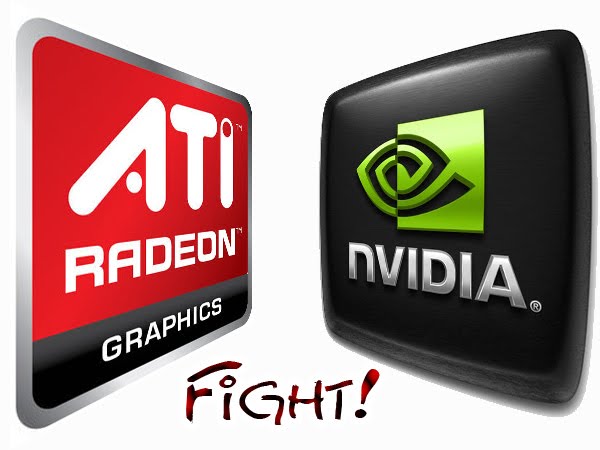As a continually increased demand for hardware performance is driven by game development technology, powerful video cards are needed in order to keep up. Support for multiple monitors, SLi configurations and intense resolutions are just some of the features loaded on the new NVIDIA GeForce GTX 670 video card. This 3D Vision-ready powerhouse of a video card supports many of the most popular new technologies and is geared for Blu-ray 3D.
The powerful memory specs built into this card help ensure fluid motion for high-performance games and video processing tasks. The NVIDIA GTX 670 utilizes 1,344 CUDA cores which increases in-game physics calculations in order to provide a more realistic and fluid experience. With a 192 GB/s memory bandwidth, information is shared at an incredible rate. Pumping out a 256-bit memory interface allows for smooth 3D rendering of games and applications. Considering many best selling games of the early 2000s were rendered on a 64-bit interface, the difference between the video cards of that time period and the GTX 670 would be like comparing Mario to Sonic in terms of speed.
The NVIDIA GTX 670 supports an array of features for the hardcore gamer. Whether you are putting its capabilities to use in an online game or powering through 3D rendering, the GTX 670 puts an immense amount of power in your desktop computer. OpenGL 4.2; 3D Vision; 3D Vision Surround; CUDA Programming and Calculations; DirectX 11 and PhysX rendering for animations; SLI Capability; and DVI-I, DVI-D and HDMI internal audio input are just a few of the capabilities included in the NVIDIA GTX 670 graphics card. Support for TXAA, Adaptive VSync, GPU Boost and FXAA is also available and ready for your input.
The NVIDIA GTX 670 can support up to four monitors simultaneously at a maximum digital resolution of 2560 x 1600. This allows for an intense visual experience during games and video presentations. Given the limitations of VGA, of course, the maximum resolution is 2048 x 1536 for this type of signal. However, as many LCD and plasma televisions are able to support VGA, HDMI and DVI input from a computer system, the NVIDIA GTX 670 could operate on these devices with ease. The resolutions produced by the GTX 670 mean that gaming and computing in general could take on a whole new meaning at 42″ or larger on a big screen in your living room or den. Many users now have computer systems sitting next to their 50″ widescreen televisions for dual-monitor use for moments of particularly intense gaming.
The model of the NVIDIA GTX 670 GPU is put into manufacturer video cards for desktop computers. Depending on the manufacturer’s specifications, these video cards can vary in size in terms of on-board memory. They can range from as small as a 512 MB card, although ones that that small are fairly rare, to those with more than 4 GB of built-in memory. Of course, the more memory the video card itself has, the better off the computer will be in terms of video-processing capabilities. Instead of an integrated memory system like many out-of-the-box computer systems, PCI express video cards utilize their own internal memory. For the most part, PCIe video cards are sold as an aftermarket addition to increase power to the computer.
With SLi configurations, the NVIDIA GTX 670 will consume a lot of power. Upgrading your power supply may be necessary in some cases, especially if you are attempting to use two or more of these video cards. The two-card SLi configured setup will utilize both cards simultaneously, essentially turning your graphics capabilities into a dual-GPU, 3D rendering monster with the memory of both video cards at its disposal. Special motherboards are required for this experience as you need dual PCIe slots. Keep in mind that the NVIDIA GTX 670 will take up two slots in your computer’s chassis, but if you have the funds and hardware available, your computer’s performance will be incredible.


